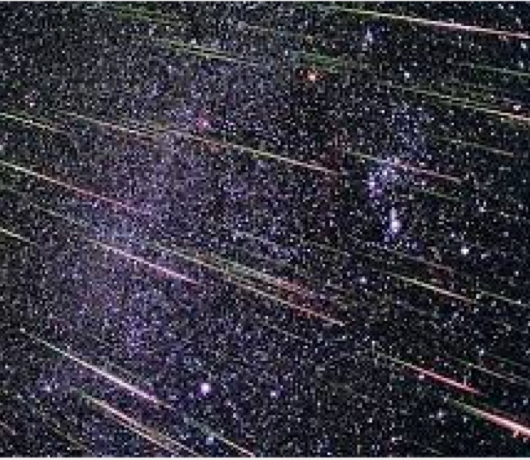Sign up for FlowVella
Sign up with FacebookAlready have an account? Sign in now
By registering you are agreeing to our
Terms of Service
Loading Flow


Meteor Showers
A meteor shower is a celestial event in which a number of meteors are observed to radiate, or originate, from one point in the night sky. These meteors are caused by streams of cosmic debris called meteoroids entering Earth's atmosphere at extremely high speeds on parallel trajectories. Most meteors are smaller than a grain of sand, so almost all of them disintegrate and never hit the Earth's surface. Intense or unusual meteor showers are known as meteor outbursts and meteor storms, which may produce greater than 1,000 meteors an hour. The Meteor Data Center lists about 600 suspected meteor showers of which about 100 are well established.

Because meteor shower particles are all traveling in parallel paths, and at the same velocity, they will all appear to an observer below to radiate away from a single point in the sky. This radiant point is caused by the effect of perspective, similar to parallel railroad tracks converging at a single vanishing point on the horizon when viewed from the middle of the tracks. Meteor showers are almost always named after the constellation from which the meteors appear to originate. This "fixed point" slowly moves across the sky during the night due to the Earth turning on its axis, the same reason the stars appear to slowly march across the sky. The radiant also moves slightly from night to night against the background stars (radiant drift) due to the Earth moving in its orbit around the sun.